The red timber building of Kiruna Church has dominated the skyline of the Swedish city for 113 years – now it has a new home.
The church's move is the most spectacular and symbolic moment of the wider relocation of buildings in Kiruna, which lies 145km (90 miles) north of the Arctic Circle.
The old city centre is at risk from ground fissures after more than a century of iron ore mining.
Since the mid-2010s, buildings have been moved to safer ground. Most were demolished and rebuilt, but some landmarks – including the church - were moved intact.
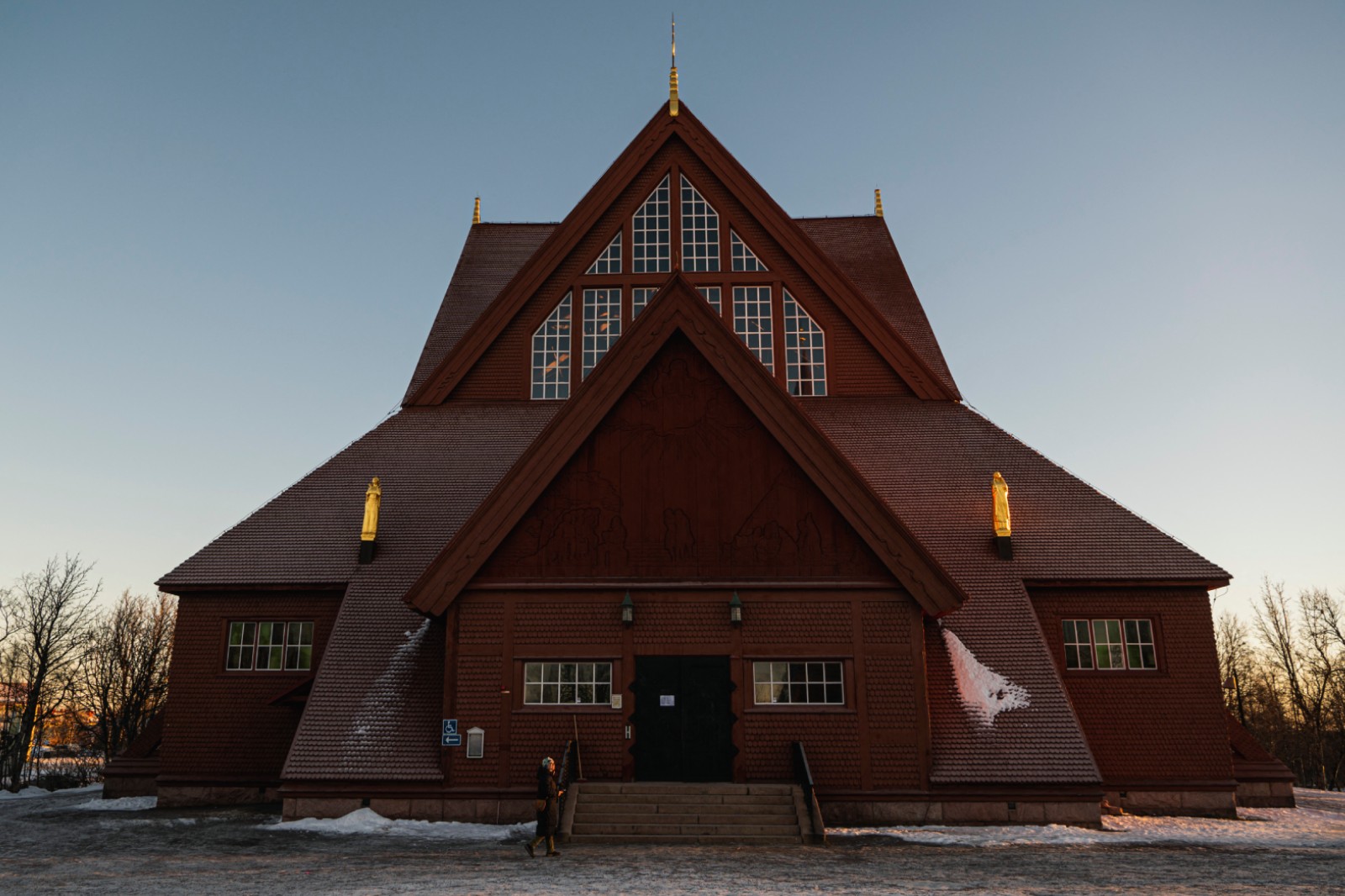
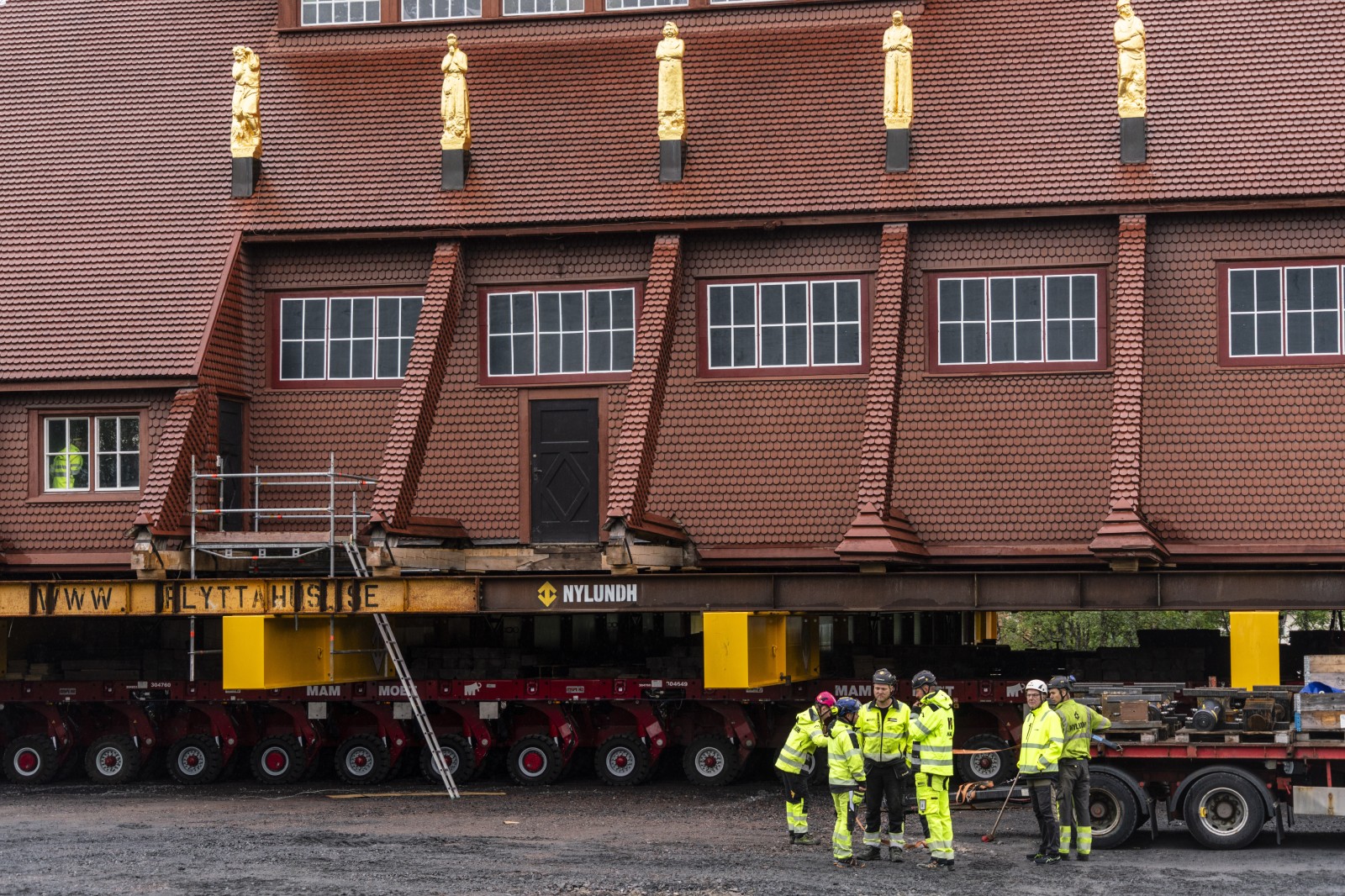
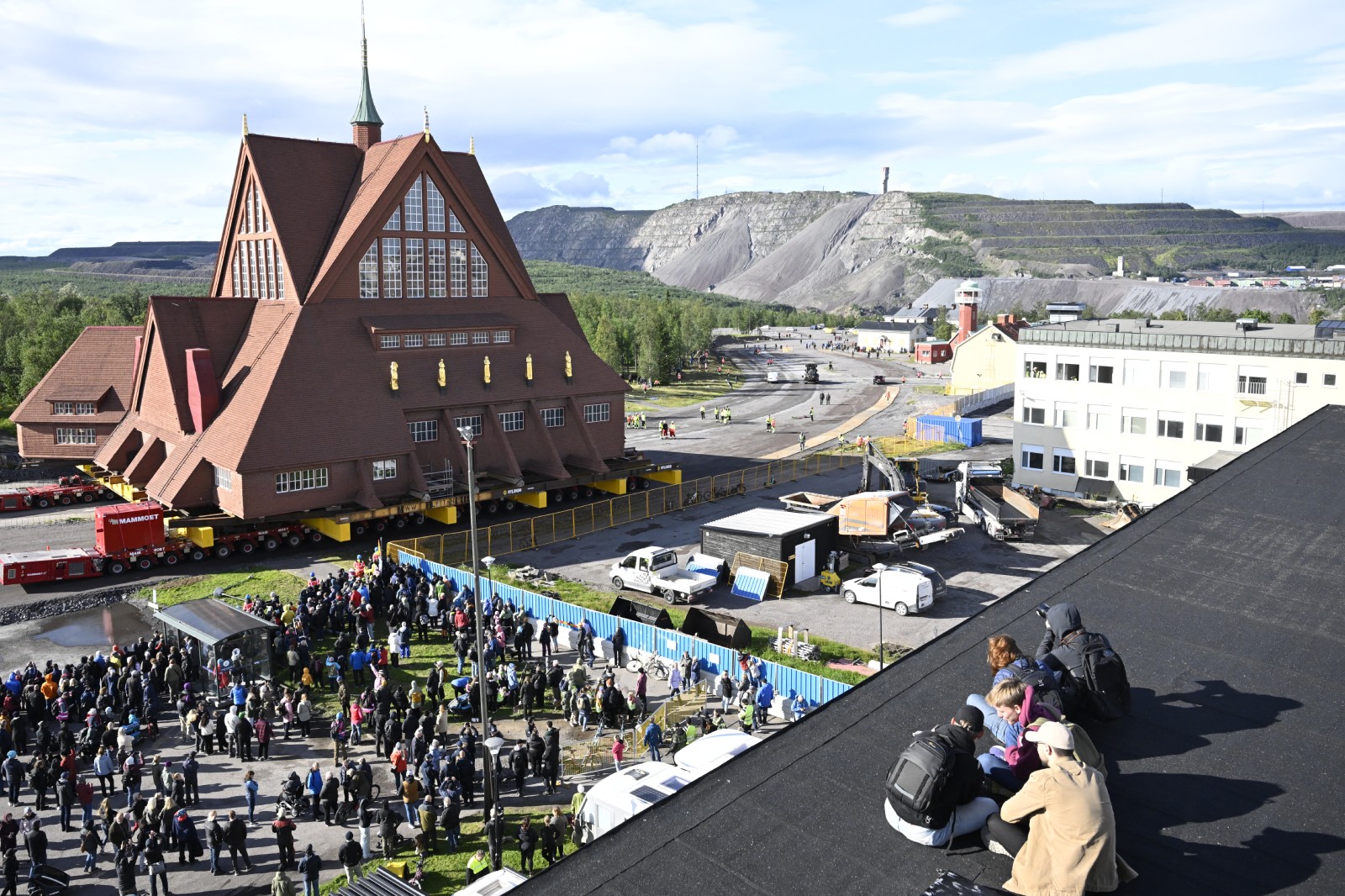
Among the onlookers were Lena Edkvist and her husband, who had driven from Gothenburg.
"I'm not a deeply religious person - I only go to church on special occasions. But this is part of my tradition, history and culture," she said. "It feels like an honour that they're moving it intact instead of dismantling it piece by piece."
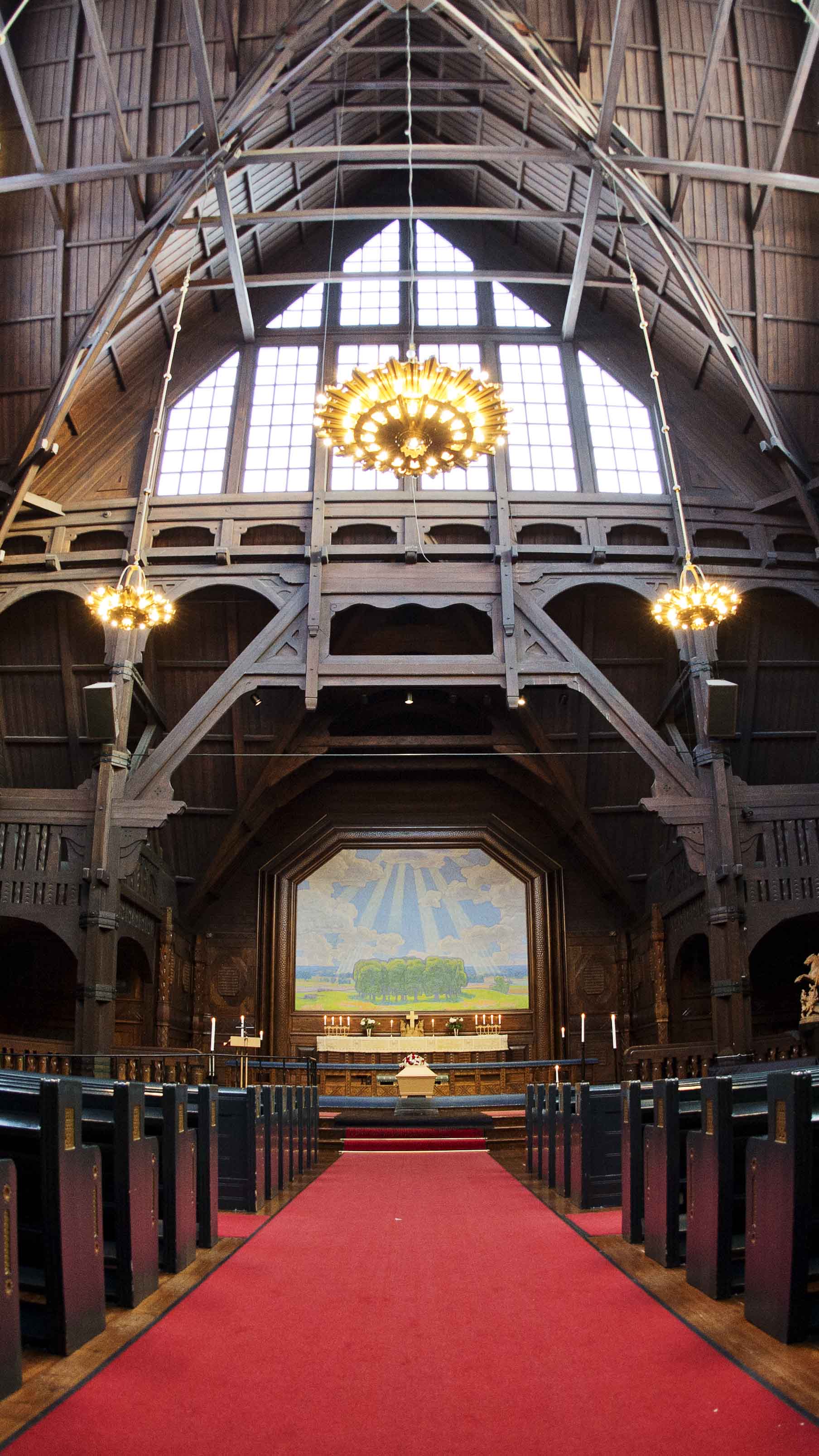
The man in charge of the move, project manager Stefan Holmblad Johansson, says it was a historic event - "very big and complex".
"The biggest challenge was preparing the road for such a wide building," he says as he explains how the team removed traffic lights and lamp-posts – and even a bridge that was due to be demolished – to widen the roads along the 5km (three-mile) route to 24m (79ft).
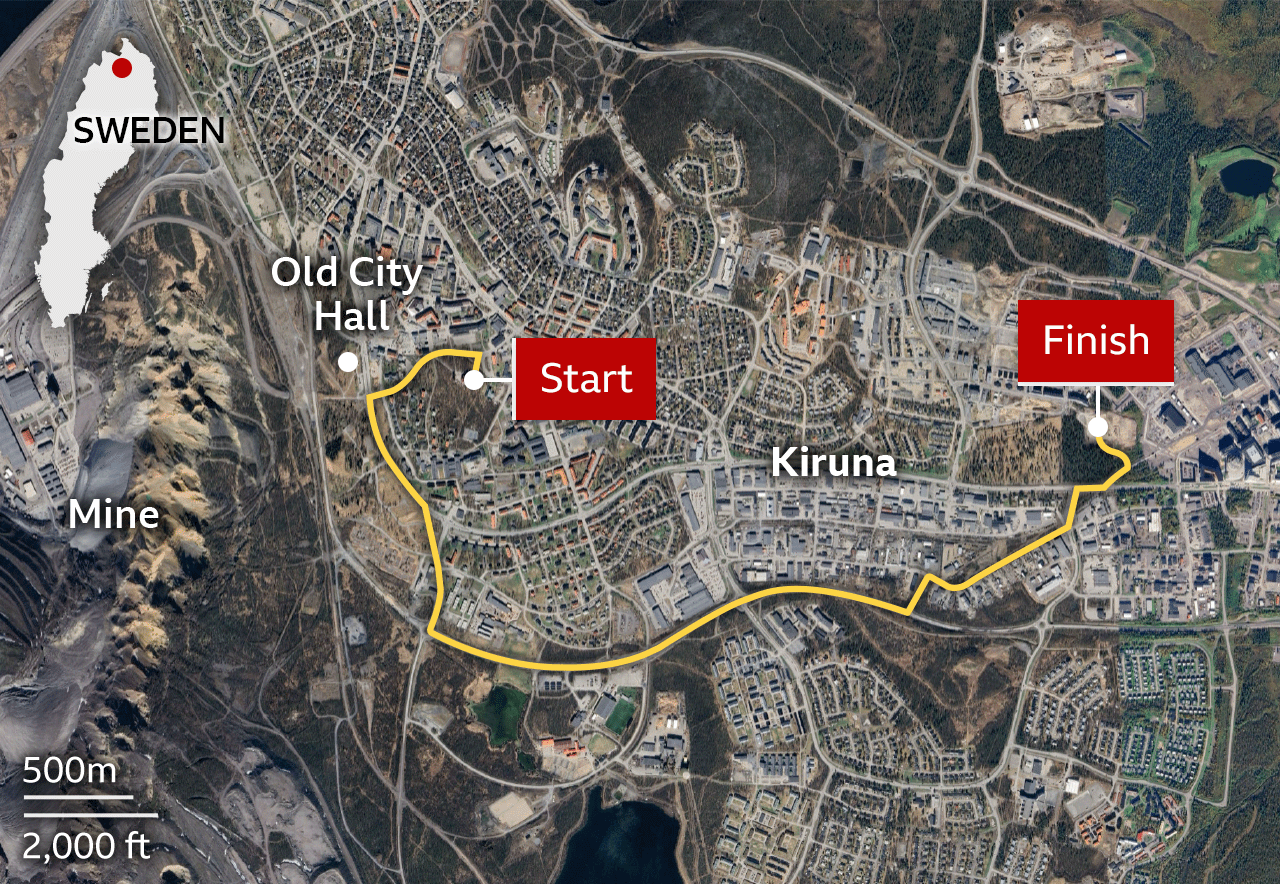
The journey began with a blessing from the church's vicar, Lena Tjärnberg, and Bishop Åsa Nyström of the Diocese of Luleå.
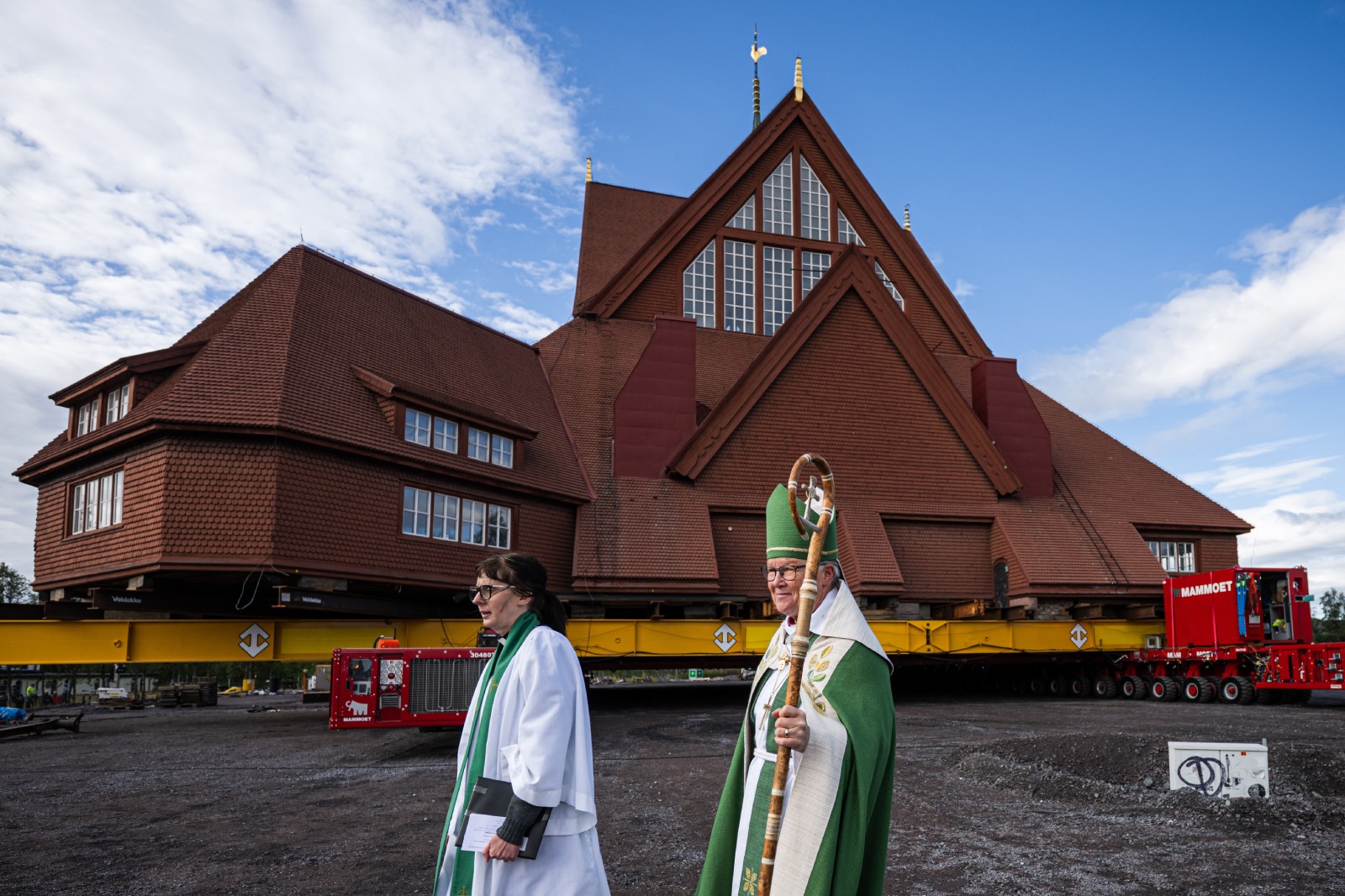
As the short ceremony ended, engines rumbled to life and the massive wooden church began inching forward.
In the first hour, it managed just 30m, the trailer's wheels slowly turning under its weight.
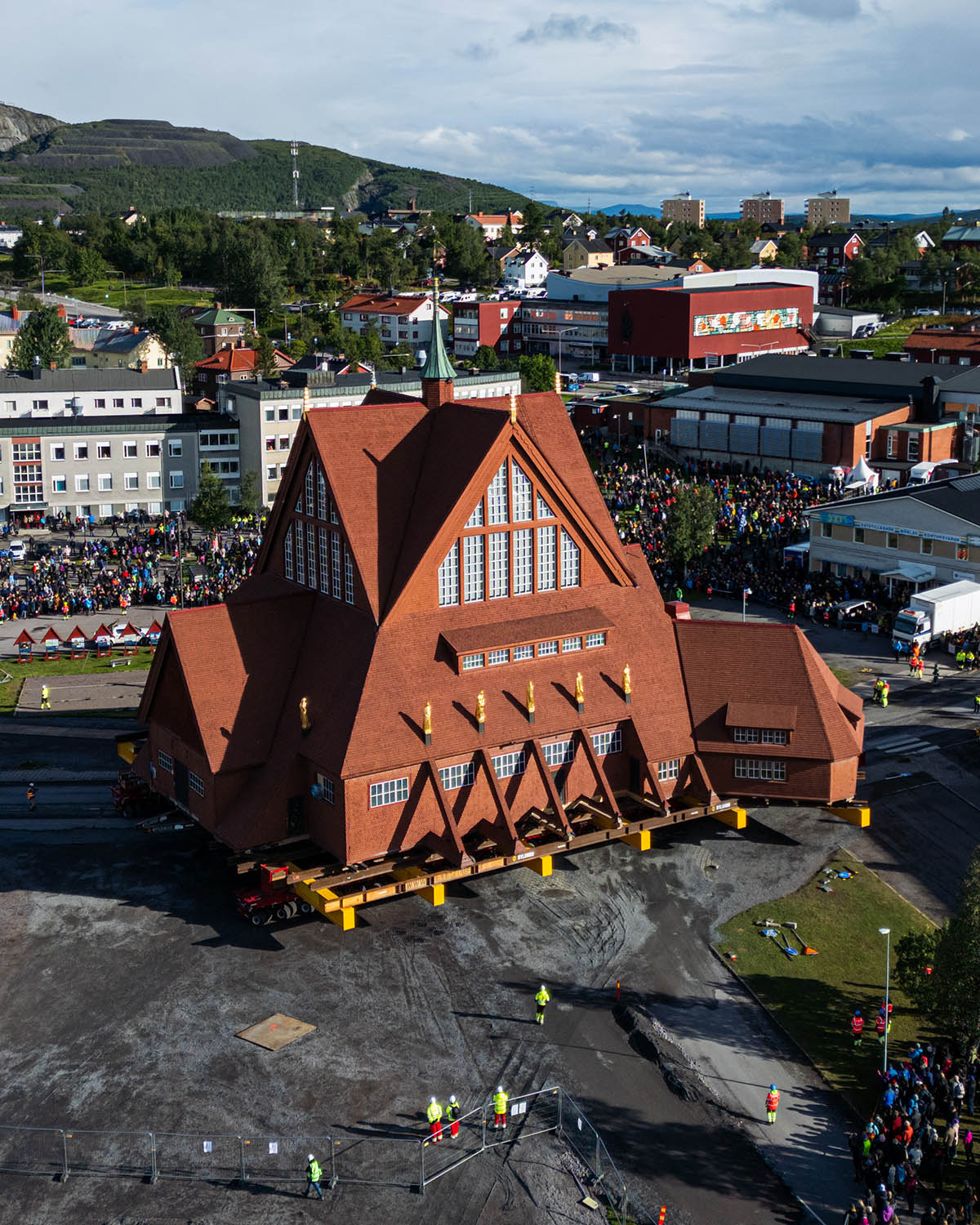
The city is home to a huge iron ore mine and, under Swedish law, mining activity cannot take place under buildings.
The mine's operator LKAB - also Kiruna's biggest employer - is covering the city's relocation bill, estimated at more than 10bn Swedish krona ($1bn; £737m).
Robert Ylitalo, chief executive officer of Kiruna's development company, explained: "There's no risk of people falling through cracks. But fissures would eventually damage the water, electricity and sewage supply. People have to move before the infrastructure fails."
For many of the thousands gathered to watch, the church’s move was more than just an engineering feat and carried deep emotional weight. For others it was a chance to watch a historic moment.
King Carl XVI Gustaf of Sweden, engineers and project leaders all watched from a few steps away as Kiruna’s church slowly rolled forward the final few metres on to the concrete foundation that will now be its home.

The move was completed just before 15:00 local time - several hours ahead of schedule - prompting broad smiles and applause.
“It’s a moment of joy,” said project manager Stefan Holmblad Johansson. “I’m very, very happy. Everything went according to plan; there were no glitches. I’ve been calm throughout because of all the preparation, but it’s still a relief to see the church safely at its destination.”
To mark the completion of the church’s journey, the parish invited townspeople to gather for church coffee - a chance to share memories, exchange stories, and celebrate that, although the church has moved, its role as a meeting place for the community remains the same.
The work, however, is far from over. The trailers that carried the building will be removed in the next few days and, next week, crews will begin taking out the steel beams that supported the building during the journey, slowly lowering the church to its new foundations.
Once the structure is secured, restoration work will begin in preparation for the church’s reopening in late 2026.
Photos and video
Getty and Erika Benke









